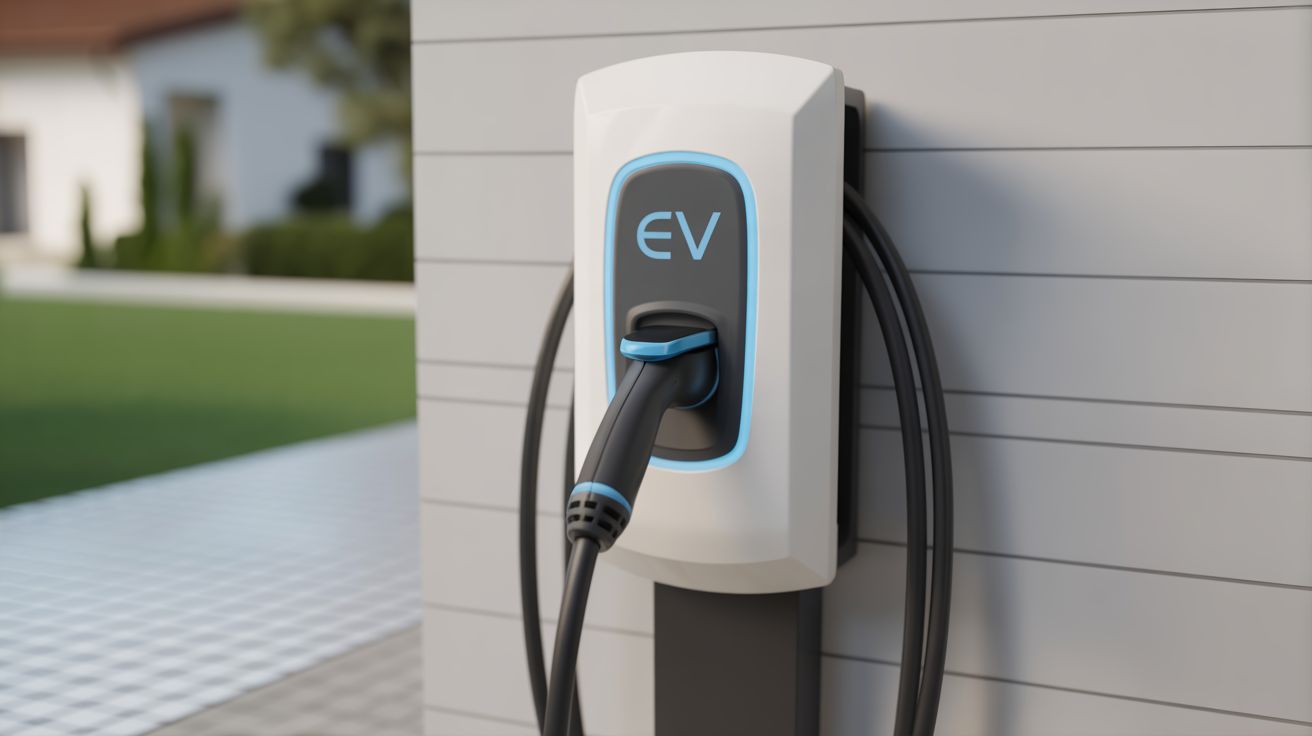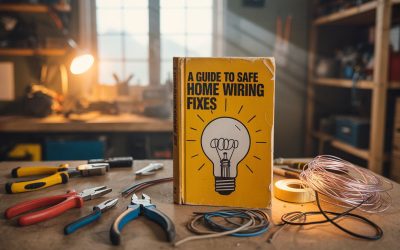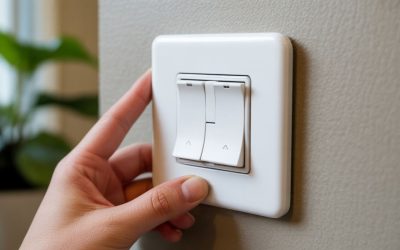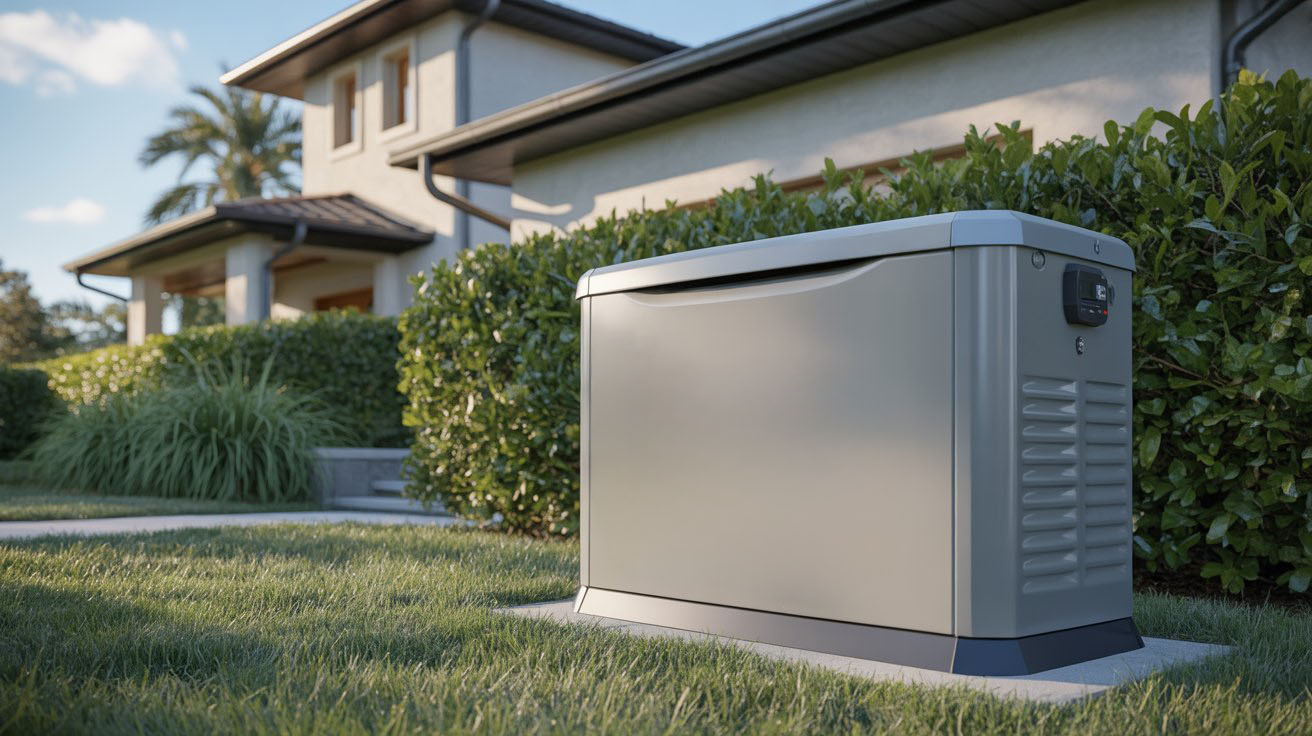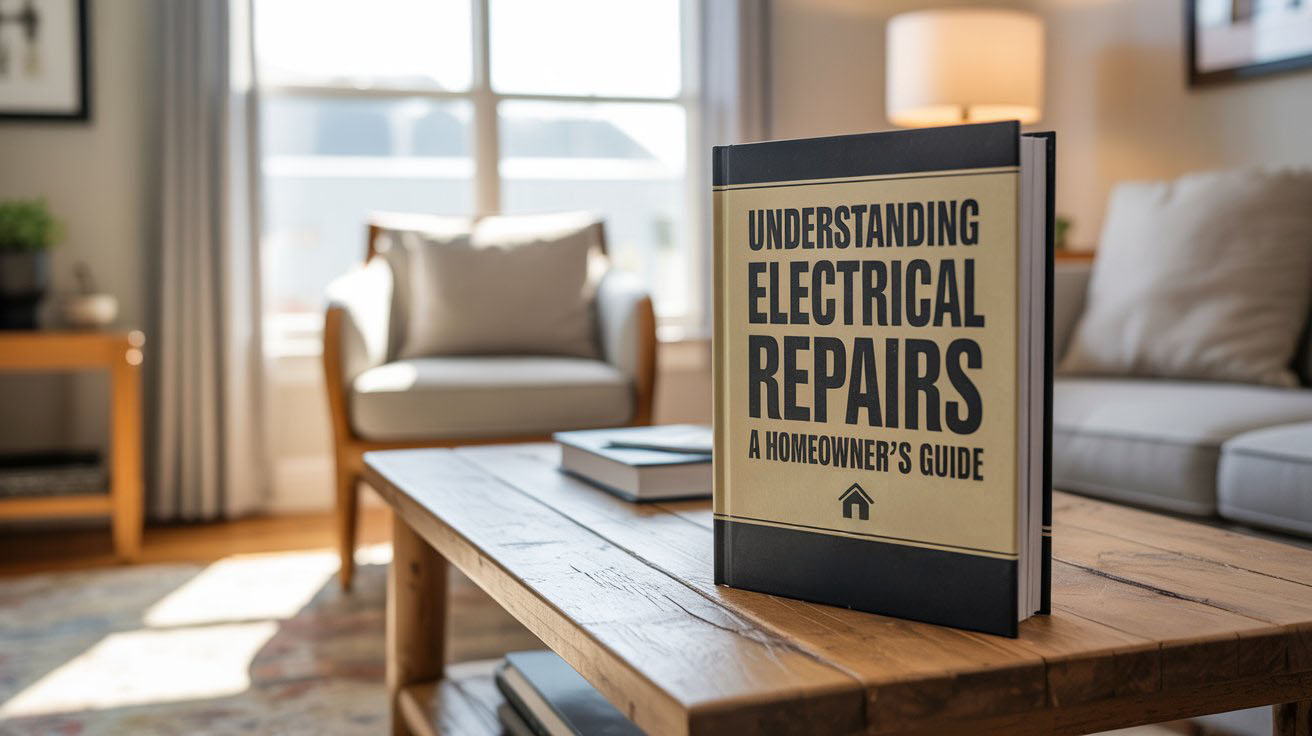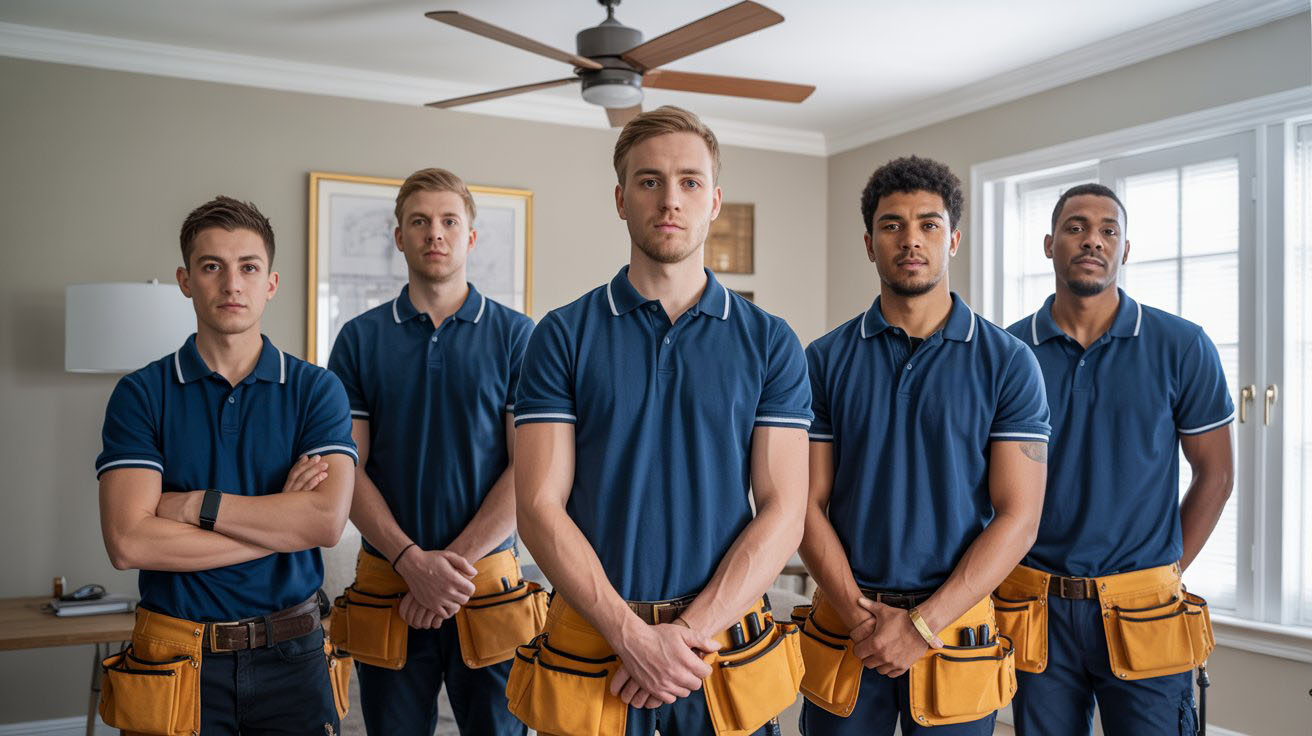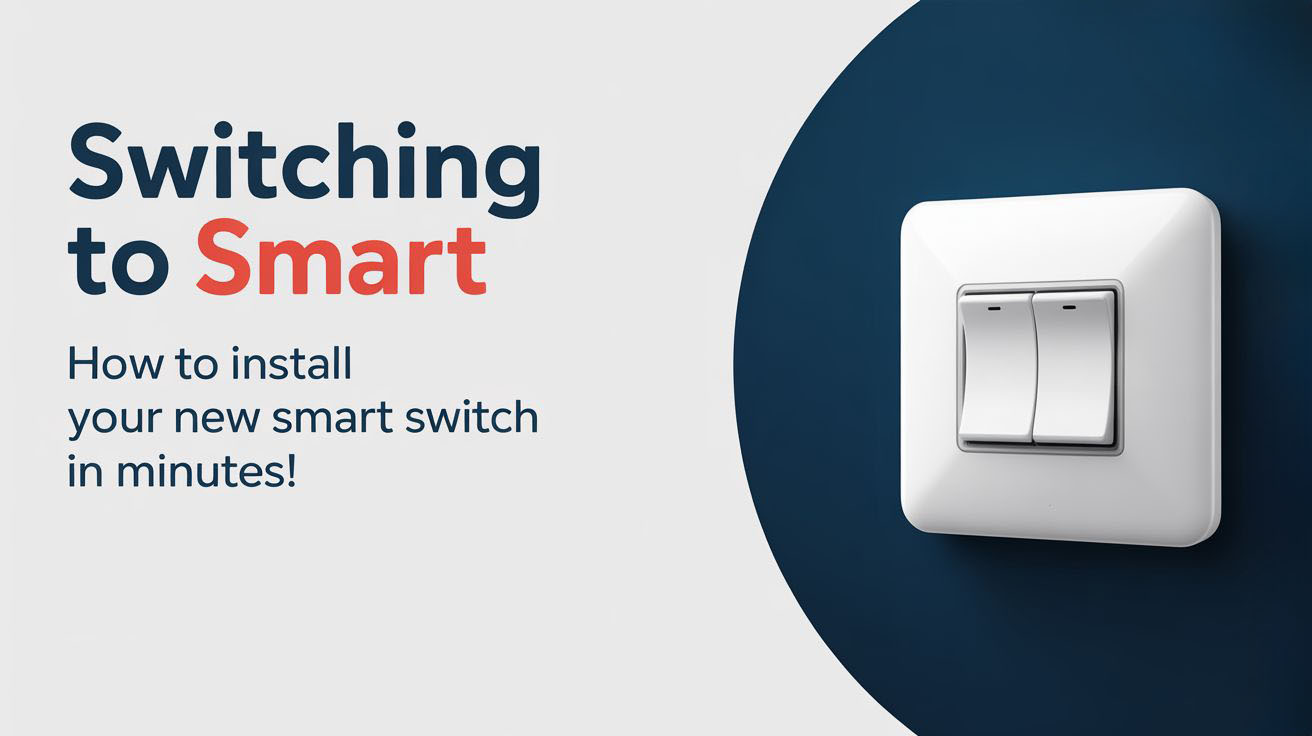EV charger installation in Tampa helps you charge fast and safely at home or at your business. From South Tampa to New Tampa and from Westchase to Brandon, drivers want reliable charging that fits daily life. This guide explains your options, the process, local rules, and how to plan the best setup for Tampa Bay weather.
Table of Contents
- Why Install an EV Charger in Tampa
- Home EV Charger Options
- Business and Fleet Solutions
- The Installation Process: What to Expect
- Permits, Codes, and Safety in Tampa
- Costs, Timelines, and Incentives
- Weather and Durability: Built for Tampa Bay
- Choosing the Right Charger and Features
- For Condos, Townhomes, and HOAs
- Maintenance and Troubleshooting
- Summary for Tampa EV Owners
- EV Charger Installation FAQs for Tampa
Why Install an EV Charger in Tampa
Charging at home is easy and saves time. With a Level 2 charger, most cars fill up overnight while you sleep. In Tampa, daily commutes from Carrollwood, Temple Terrace, and Riverview are simple to cover with at-home charging.
Businesses across downtown Tampa, Ybor City, and Westshore also gain from on-site chargers. Charging stations attract customers and help staff who drive electric. Hotels and shops near Amalie Arena and the Riverwalk see longer visits when charging is available.
Home EV Charger Options
Most Tampa homeowners choose a Level 2 charger. It runs on a 240-volt circuit and charges much faster than a standard wall outlet. If your panel has room, installation is often quick. If space is tight, a load calculation helps find the best solution.
If you want help picking a unit and planning the install, explore our local service for EV charger installation. We help homeowners in South Tampa, North Tampa, and across Hillsborough County decide on charger location, wiring, and safety needs.
- Level 1 charging: Uses a standard outlet and is very slow, best for short daily miles.
- Level 2 charging: Uses a 240-volt circuit and can add dozens of miles per hour of charge.
- Detached garages: May need a trench or overhead run, and outdoor-rated equipment.
- Older homes: A panel review helps make sure wiring supports safe charging.
Many homes in Tampa, Seminole Heights, and Hyde Park have older electrical panels. If your panel is full or outdated, consider an electrical panel upgrade to support a dedicated EV circuit and future home projects.
Business and Fleet Solutions
Workplaces, warehouses near the Port of Tampa, and retail sites in Channelside all benefit from EV charging. Simple access helps employees charge during the day and encourages green commuting. For fleets, scheduled charging keeps vans and cars ready for routes.
Multifamily communities in Brandon, Wesley Chapel, and Westchase can add shared charging in garages or lots. Clear signs, labeled spots, and simple payment make it easy for residents. Good lighting and cameras can improve safety and user trust.
- Workplace charging: Helps recruit and keep staff while supporting sustainability goals.
- Retail charging: Draws customers and keeps them on-site longer.
- Fleet charging: Right-size the number of ports and power to match daily routes.
- Multifamily charging: Plan shared access, billing, and clear rules for residents.
The Installation Process: What to Expect
The process starts with a site visit. Your electrician checks panel capacity, charger location, and the path for wiring. You discuss charger features and how you plan to use it. A simple plan keeps the project smooth from start to finish.
Next comes permitting, install day, and inspection. Most Level 2 installs take less than a day after permits are ready. A short test verifies power, Wi‑Fi settings (if available), and charging speed. You get a walkthrough and tips for daily use.
- Assessment: Panel capacity, wiring path, charger location, and parking distance.
- Permits: Filed with the City of Tampa or Hillsborough County as needed.
- Installation: Dedicated circuit, breaker, and mounting with outdoor-rated parts if outside.
- Inspection: Final sign-off to confirm safe, code-compliant work.
All work should follow the National Electrical Code, including EV standards for dedicated circuits and proper grounding. This keeps your charger safe and helps pass local inspections the first time.
Permits, Codes, and Safety in Tampa
In Tampa and Hillsborough County, a permit is often required for a new 240-volt circuit. Inspectors check wire size, breaker rating, and that the equipment is listed and installed right. This protects your home and keeps insurance records clear.
Tampa Electric (TECO) may review your service if you are adding a large load. Your electrician can coordinate if an upgrade or meter work is needed. For safety, look for equipment that meets UL safety standards and keep cords off walkways where people can trip.
- Permitting authority: City of Tampa or Hillsborough County based on location.
- Equipment listing: Chargers and parts should be UL listed and approved.
- Dedicated circuit: A breaker and wire sized for your charger’s amperage.
- Labeling: Clear labels for breakers and disconnects help with service and safety.
Costs, Timelines, and Incentives
Most standard home installs fall in a moderate price range, but the final cost depends on your setup. Long wire runs, wall type, and panel upgrades can change the price. Businesses with multiple ports or networked stations will see higher costs but also gain more benefits.
Timelines vary. Simple home installs can be completed in a day after permits. Larger jobs, trenching, or upgrades take longer. Check current programs with TECO for any time-of-use rates or EV charging options that may lower your charging costs.
- Work scope: Distance from panel to charger and wall type.
- Electrical capacity: Panel space, service size, and need for upgrades.
- Charger type: Hardwired vs. plug-in and smart features.
- Business needs: Number of ports, networking, and signage.
Weather and Durability: Built for Tampa Bay
Tampa has heat, humidity, and strong summer storms. Choose a charger rated for outdoor use and rust resistance if it will be outside. A covered spot like a carport or garage wall protects the unit and the cable.
We get frequent lightning across Tampa Bay. A whole-home device can help guard against spikes during storms. If you want extra protection for your home and charger, consider adding surge protectors as part of the install plan.
- Outdoor rating: Look for NEMA 3R or better enclosures for exterior installs.
- Mounting height: Keep above known flood levels where possible.
- Cable care: Use a holster and keep the cord off the ground to avoid water and dirt.
- Storm readiness: Know how to safely shut off the circuit in an emergency.
Choosing the Right Charger and Features
Pick a charger that fits your car and your daily miles. Many homeowners like 40–50 amp models for faster charging at night. Some units share power between two ports, which helps if you add another EV later.
Smart chargers connect to Wi‑Fi for scheduling and energy tracking. Businesses often choose networked stations for payments and access control. Make sure the cable is long enough to reach your car’s inlet without strain.
- Amperage: Match to your panel and the maximum your vehicle accepts.
- Smart features: Scheduling, load sharing, and energy reports.
- Mounting: Wall mount vs. pedestal for lots and garages.
- Plug type: Most use J1772; Tesla drivers can use an adapter or a Tesla-specific unit.
For Condos, Townhomes, and HOAs
Shared parking areas in Tampa and nearby cities like Clearwater and St. Petersburg need a clear plan. Work with your HOA or property manager early to set rules and choose locations. Submetering or networked units help track each resident’s use.
Permits and inspections still apply for common areas. Chargers should be accessible and marked. Plan cable management and bollards where cars park close to walls or equipment.
- Approvals: Get HOA consent and follow community guidelines.
- Power source: Common area meter with billing or individual meters where possible.
- Signage: Clear signs for EV-only spots and time limits.
- Safety: Proper lighting and cable organization reduce trips and falls.
Maintenance and Troubleshooting
EV chargers need little care. Keep vents and handles clean and dry. Check the cable for wear and store it on the holster. If you see damage or repeated tripped breakers, call a licensed electrician.
Update charger software if your unit supports it. This improves reliability and sometimes adds features. After big storms, a quick check makes sure everything is secure and working.
- Visual checks: Look for cracks, loose screws, or worn cables.
- Cleaning: Use a dry or slightly damp cloth; avoid harsh cleaners.
- Function test: Plug in and confirm normal charging speed and lights.
- Professional help: Call a pro if you smell burning, see scorch marks, or breakers trip often.
Summary for Tampa EV Owners
Safe EV charging starts with a good plan and code-compliant work. In Tampa, permits, inspections, and weather-smart choices all matter. With the right setup, you get quick, easy charging at home or at your business every day.
Key Takeaways
- Level 2 charging is the best fit for most Tampa homes and small businesses.
- Permits and inspections keep your install safe and up to code.
- Plan for storms: choose outdoor-rated gear and consider surge protection.
- Check TECO for any current rate options that may lower charging costs.
- Older homes may need panel upgrades to support a dedicated circuit.
EV Charger Installation FAQs for Tampa
Here are common questions from homeowners and business owners around Tampa Bay. These simple answers can help you plan your project with confidence.
Frequently Asked Questions
Do I need a permit for a Level 2 charger in Tampa?
Yes, most installs need a permit from the City of Tampa or Hillsborough County. Your electrician can handle the paperwork and schedule the inspection.
How long does a typical home installation take?
After permits are approved, many jobs finish in less than a day. Complex runs, trenching, or panel work will add time.
Can my current electrical panel handle a charger?
Many can, but not all. A load calculation shows if there is room. If not, a panel upgrade may be the best long-term fix.
Are outdoor chargers safe in Tampa’s storms?
Yes, if they are outdoor-rated and installed correctly. Choose proper enclosures, mount securely, and consider surge protection for extra safety.
What’s the difference between hardwired and plug-in chargers?
Hardwired units are permanently connected and often support higher amperage. Plug-in units use a 240-volt outlet and are easier to move if you relocate.
Schedule Your Electrical Service Today
Need help planning an EV charger in Tampa, Brandon, or Riverview? Our team can check your panel, pull permits, and install a smart, safe charger that fits your home or business. To get started, contact us at any time and we will set up a quick visit. Just contact us and let us know your location and goals.

